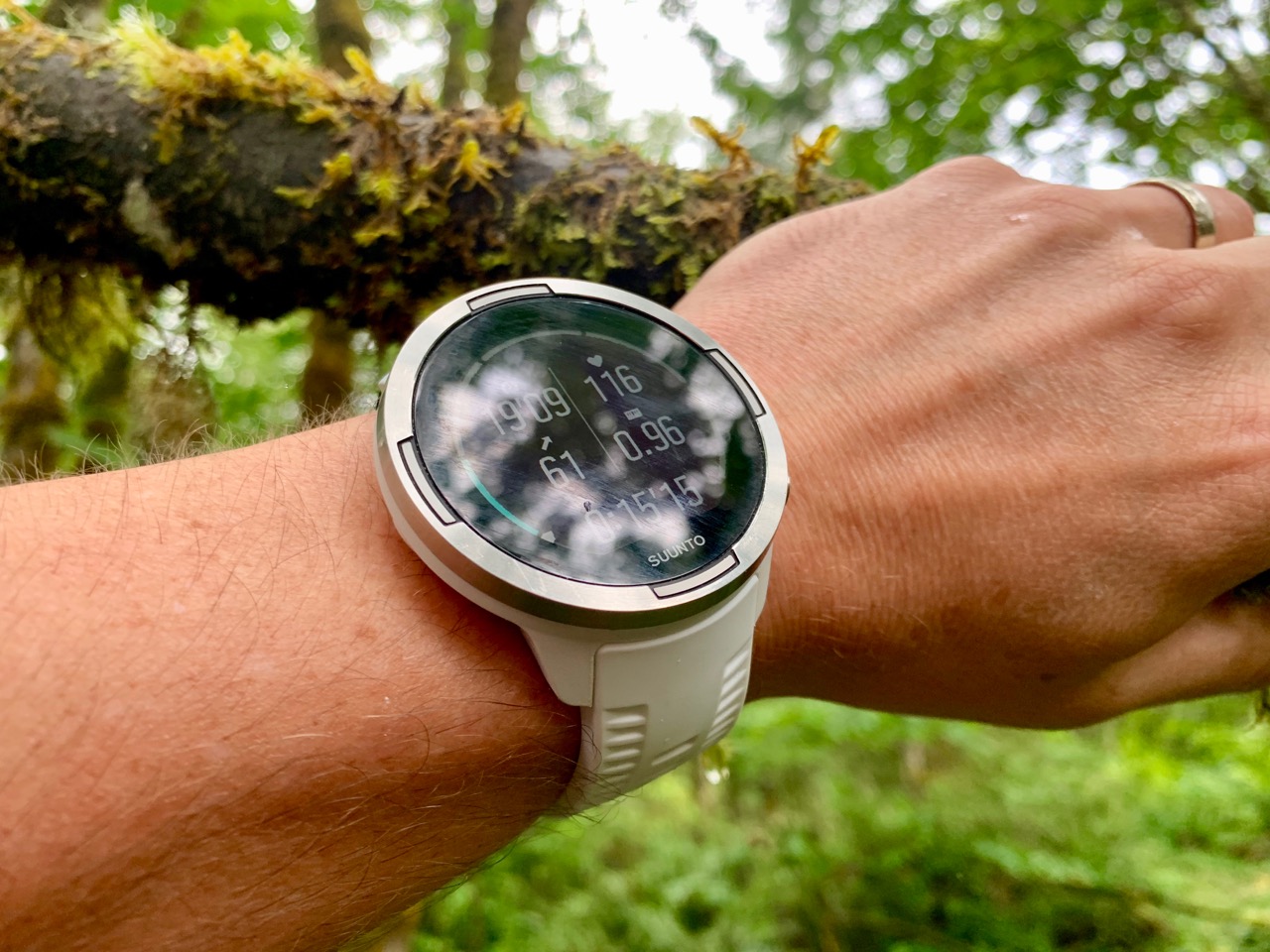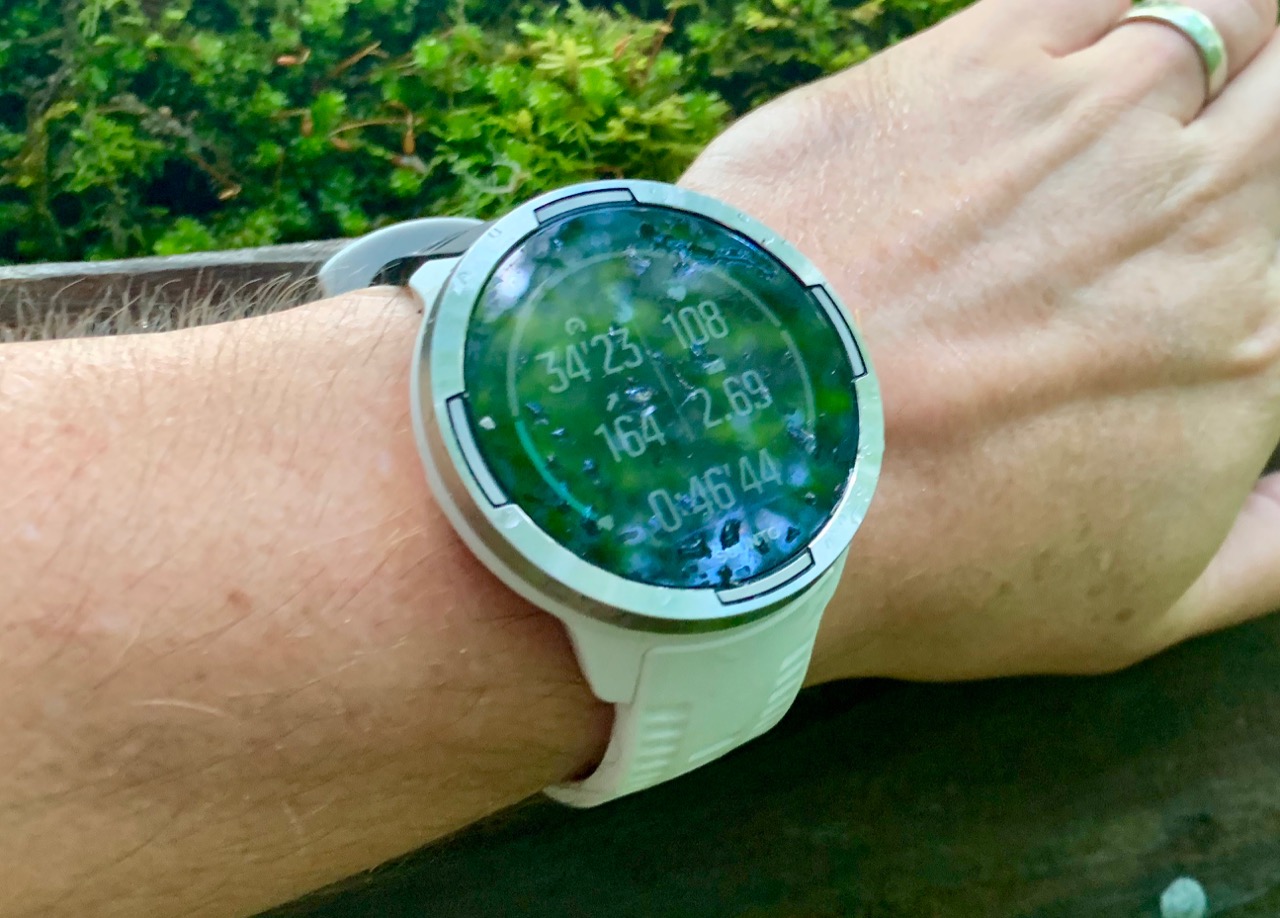
If a tree falls in the forest does it make a noise?
If you didn't share your latest brunch on Instagram did you enjoy it? And, if you go out for a run and didn't track it on running app, did it really count?
This is where we're at, isn't it?
All snark aside. I love my activity tracking devices. When I first started out running several years ago I took just my phone with me, listened to podcasts and enjoyed being able to track my activities. I check my performance after my run and enjoyed seeing my progression.
So, when I saw people wearing huge colorful watches while running it puzzled me at first. My phone is with me always, the app to track my runs is free. Why would I spend several hundreds of dollars on another electronic device, when my phone is just good enough.
Well, eventually I did buy into it and I didn't look back. The upside of accessing my data mid-run by just raising my wrist is a great way to stay on top of my performance and not using the battery life of my phone is an important benefit, especially when running in the wilderness.
The watch I've been using for the last few months is the Suunto 9. The watch is made by Finnish GPS watch and compass maker Suunto. The company has been around for over 80 years and has a great track record and reputation in the outdoor community. The Sunnto 9 is their latest flagship device that's been out in the market for about a year now and has received almost every award a device like this could win.
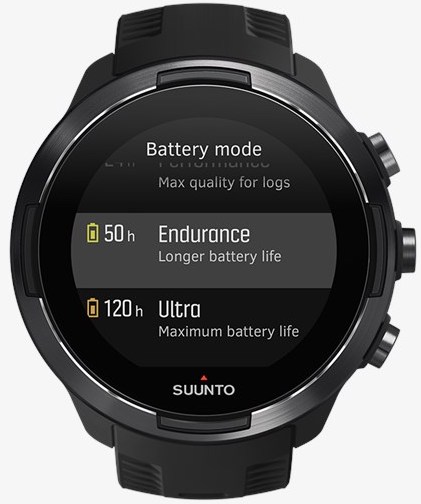
Price: From $600Bottom line: With great battery life, spot-on GPS tracking, and a lot of customizations, the Suunto 9 may be huge, but it's the fitness tracker every wilderness runner needs.
I've upgraded from the Spartan and went with their Baro option for the 9. Like with many of these sports watches there are too many features to count. But, these are the main ones I cared about when selecting to upgrade:
- A great battery life. Just like with any electronic device, you can never have enough battery life and the Suunto 9 promises up to 120 hrs of GPS tracking.
- Accurate GPS tracking. The breadcrumb feature is fantastic, and the accuracy tracking elevation and distance is as good as it gets (given that there's always a margin of error depending on the availability of the satellite systems). Suunto 9 supports GPS, GLONASS, GALILEO, QZSS.
- An iOS app for syncing and managing the device. The easier and more user-friendly the workflow the better.
- A cool look. Heck yeah, that's important to me And Suunto 9 comes with a bunch of different straps and color options.
- Customization options to make the device work for me. The watch offers several watch faces, which are so-so. But the tracking interface can be completely modified to display whatever data you need for whatever activity you're doing.
- Heart rate monitoring on the wrist is fun, but not really that reliable. I use it to check in every once in a while to get a baseline, but wouldn't take that data to a doctor.
- Water-resistance is a staple. When I run in the rain or need to rinse the device off after a long and sweaty adventure I expect the device to handle the beating.
- Weather functions. The watch has a barometer built-in. This, aside from offering more accurate vertical elevation tracking, also offers features like sunrise/sunset notifications, storm warnings, and temperature setting. While this is nice and for the price of the product a nice tough, I don't really have an application for this.
- A huge number of sports mode. From indoor rowing to kickboxing to open water swimming.
- Bluetooth syncing and notifications. I get all the notifications from my phone on my watch when I'm in reach. But these are just basic single notification and I can't interact with them other than dismiss them, which is alright. If I want to send emails on my watch, I'll get an Apple Watch.
- The watch retails for $600 which is at the upper echelon for these products and while the feature list supports this, it all comes down to how the product performs in everyday settings.
Here's how I've been using my Suunto 9
One of the biggest challenges for device makers is finding the right mix of feature and still offering ease of use. Everyone uses the device differently, there's no one size fits all approach. But too many features leave you confused. Easy daily tasks take too long to perform and this can get frustrating. For the last several months, Suunto 9 has been my main watch for tracking activity and wearing out the door. The watch is too big to wear casually. I spend many hours a day at my Mac and anything on my wrist bothers me when typing. Even the relatively low key Apple Watch is too much for me. So, the Suunto 9 is my workout activity tracker and I wear it when I head out to run errands to tell time (go figure), get notifications, and because the watch looks cool.
The slick stainless steel bezel makes it one of the best looking sports watches on the market, which almost makes up for the fact that the watch is huge. I can't imagine having small wrists and feeling comfortable wearing the watch every day. In the cooler months, it's a constant battle debating if my sleeves should cover the device or not. The sleeves snag on the watch, especially when wearing my long sleeve raincoat. The silicone straps are utilitarian, practical, easy to clean but in the end, are still plastic. Great for a workout device, a bit pedestrian for wearing all day. Suunto offers an easy way to replace straps and does offer a leather strap.
The software is the same for all Suunto watches. The screen feels old school and has a low resolution, but given that Apple Watches, with their industry-leading retina screens, can go barely all day (still with version 4) it's a worthy trade-off. Suunto watches have touch screens, but all functions can be reached with the three side buttons.
I run 5-6 times a week. Often trail, sometimes roads. When I find a moment during the day to squeeze in a run, time is of the essence. I need to gather my things quickly and get out the door. I tie my shoes, strap on my watch and go. After a couple of weeks, I got the hang of what buttons to press to select the activity I want without slowing me down. Depending on the satellite availability the watch takes a few seconds to find GPS connectivity and it takes a couple more seconds longer to get your heart rate.
I love that I can customize my activity tracking watch faces easily and get exactly the data I need at an easy glance. For example, none of the stock tracking faces show the time of day. But, when jumping out for a run during the day between conference calls and picking up the kids from school, the time of day is a super important data point. At each mile (or whatever interval you select) the watch vibrates and gives you a snapshot of your current performance.
When I'm finished with a run, I stop the tracking. The activity is saved and once the watch connects to the app on the phone the data is transferred to the Suunto phone app. Now, what is supposed to happen is that the app, connected to Strava (the most popular app to track your activities and share with friends) is supposed to automagically sync your activity over to that app. And this has happened about 70% of the time. People all over the internet have been crying 'bloody murder' when their big weekend runs take too long to upload and they can't brag about how awesome they are. I've never lost an activity, but had to reset the Bluetooth settings, or just wait a few hours for this to complete many times. Suunto is aware of this issue and has been working on a solution for months now. We shall see if they get this right.
Here is what I love about my Suunto 9
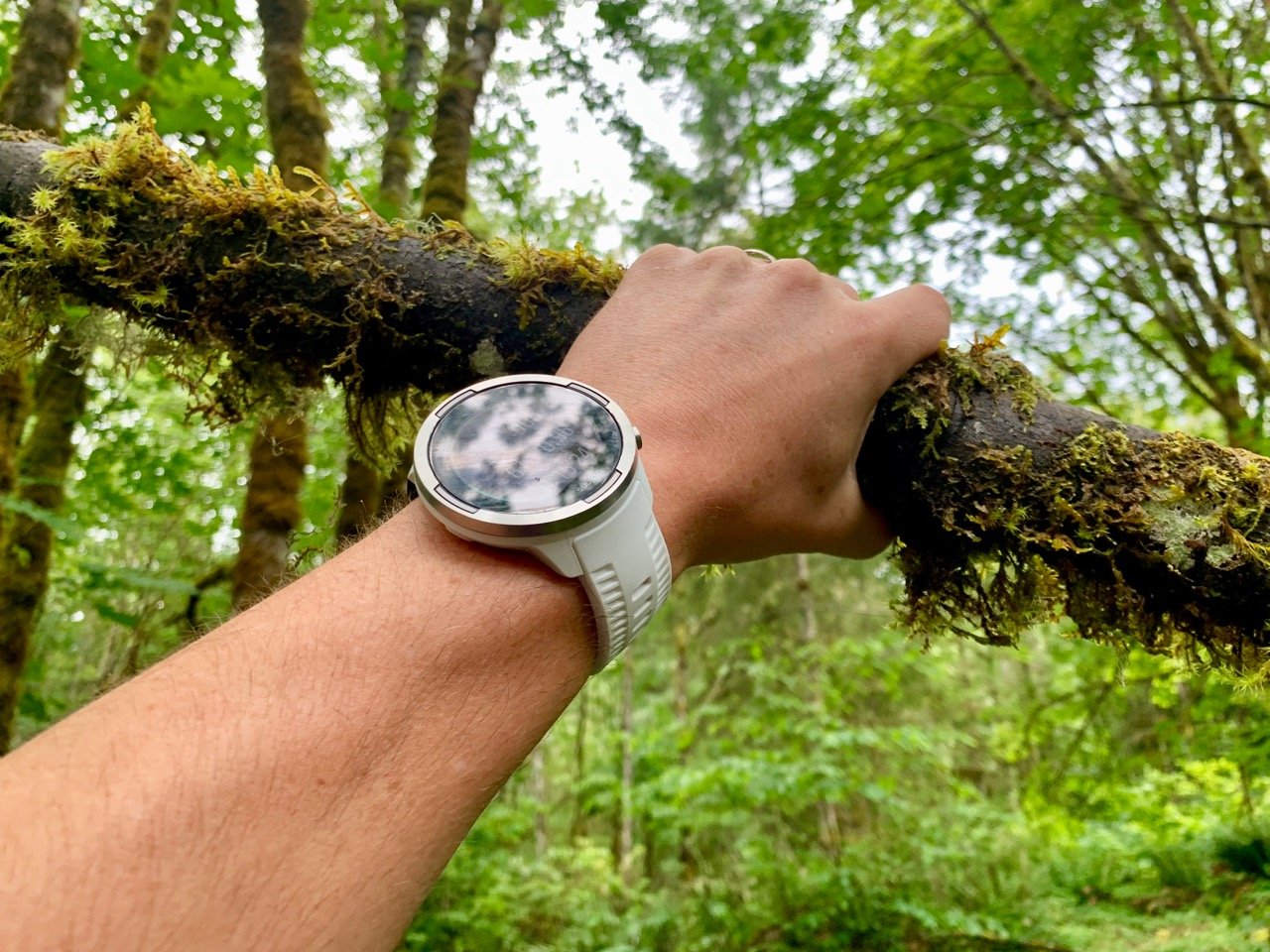
While the watch is really big, it is by far the coolest looking fitness watch on the market. It strikes the right balance between ruggedness and cool design and it gives me confidence that it will take any beating and still work flawlessly. For the price, the feature list is more than impressive and it allows me to navigate easily to the functions I care about while ignoring the others. The tracking is "accurate enough" and includes all the important things I expect to not only track my performance but also keep me safe in the backcountry when needed.
The battery has not let me down, and the ability to adjust performance mid-run is a great way to allow me to spontaneously go longer.
Here is what bums me out
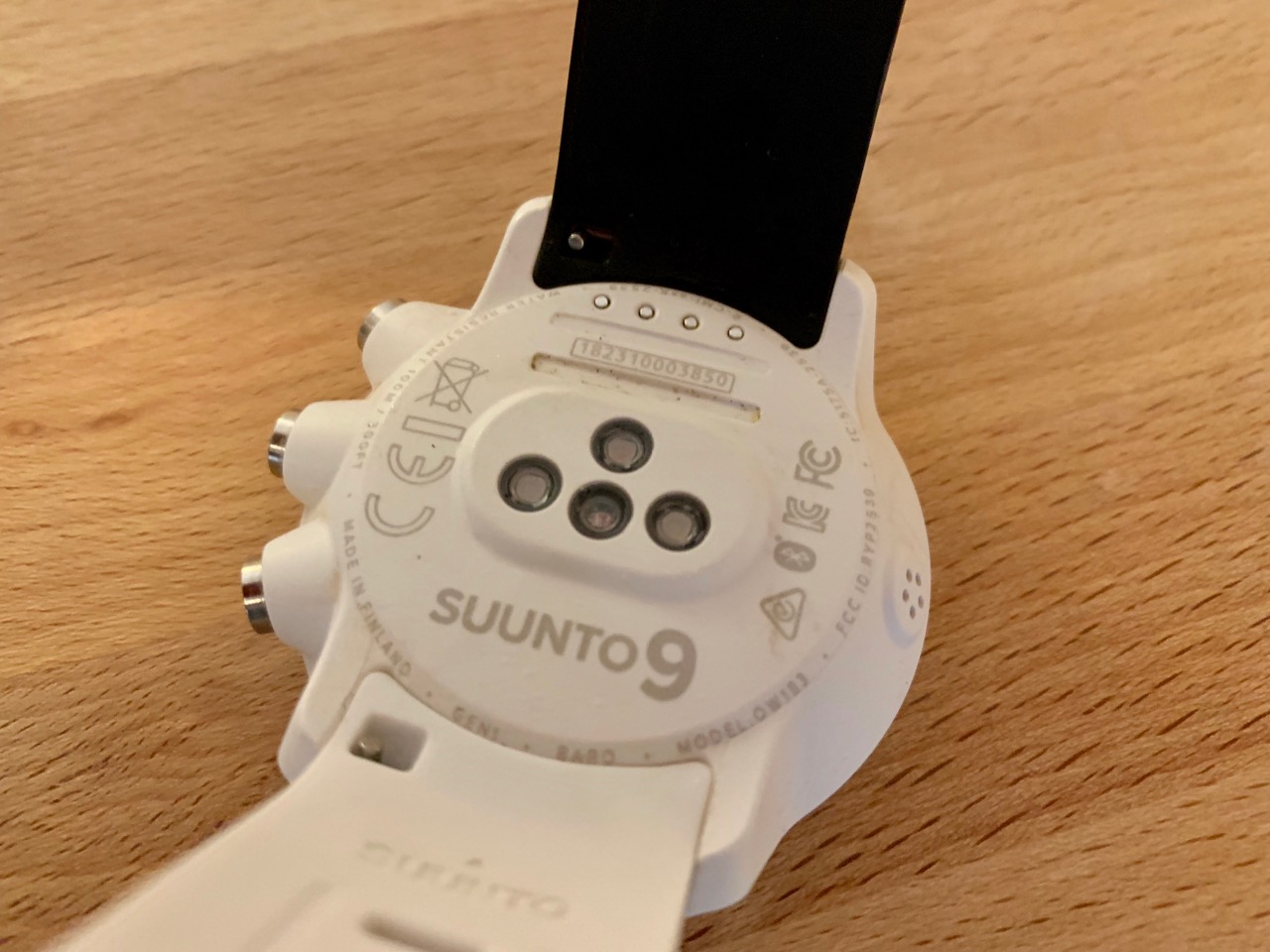
The continues flakiness with syncing activities from device to app is the biggest issue and well documented across the running community. This seems like it should be a software issue and can probably be fixed in a future update. Speaking of software, the device can currently only be updated by plugging it into a computer, this feels archaic and in 2019 I expect a device to be fully manageable via Bluetooth and my phone app.
The screen is dingy and the watch is big. These are tradeoffs and I know why they exist, but I still want Suunto to push this forward for future product releases to give us a better experience without sacrificing battery life.
The score and verdict:
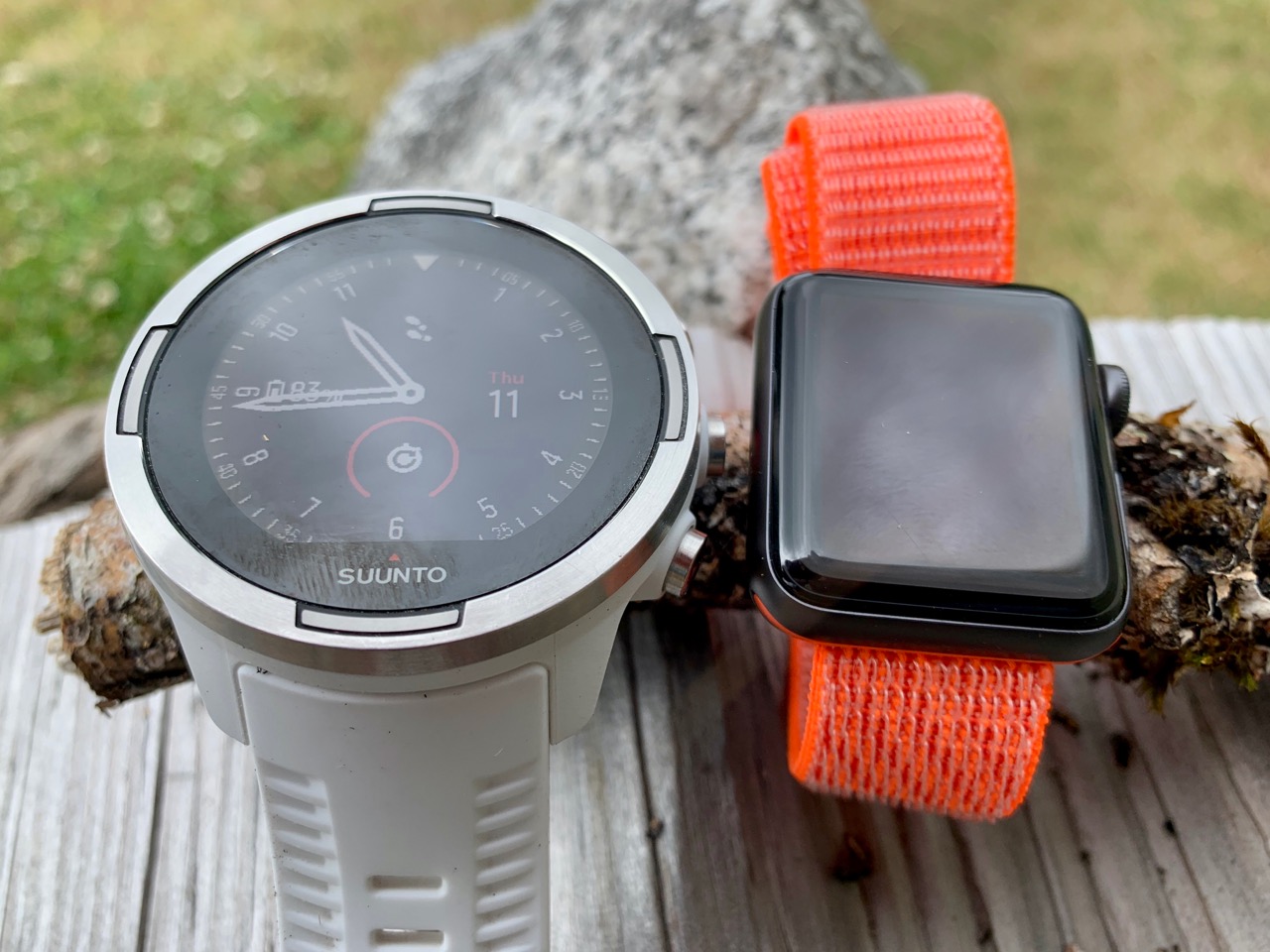
I love my Suunto watch. I highly value the long-standing tradition of the company and believe they deliver best of breed products. Wearing my Suunto 9 I trust it to not let me down when I need to venture into the backcountry. The syncing issues are maddening, but at least they happen after my run when I'm back home.
Hardware:
4.5 It's rugged, utilitarian, functional, perfect for a great time on the trails. I love the overall design but it could be a bit smaller and the screen could be more "21st century".
Software:
3.5 (Tracking: 5, Syncing 2) It has all the functions I need. It takes a bit to get used to the interface and the initial onboarding is a bit clunky, but when I'm out and about the watch never lets me down. The sync issue is a known issue and I assume will be resolved with future updates to the iOS app.
Suunto is leading in GPS sports watchmaker and the Suunto 9 is their flagship product worn by thousands of runners all over the world. While not perfect it blends the right mixture of utilization ruggedness, cool design, and all the features one needs to track their activity and stay safe wherever their legs carry them.

Price: From $600Bottom line: With great battery life, spot-on GPS tracking, and a lot of customizations, the Suunto 9 may be huge, but it's the fitness tracker every wilderness runner needs.
Suunto website: https://www.suunto.com/en-us/
Mathias creates beautiful many things. Co-founder of the Outdoor Society, publisher of outdoor inspiration including guidebooks, calendars and the weekly trail running podcast Singletrack. In his spare time he runs trails and climbs the mountains around his base camp Olympia, WA. Find him at The Outdoor Society or @mathiaseichler.
